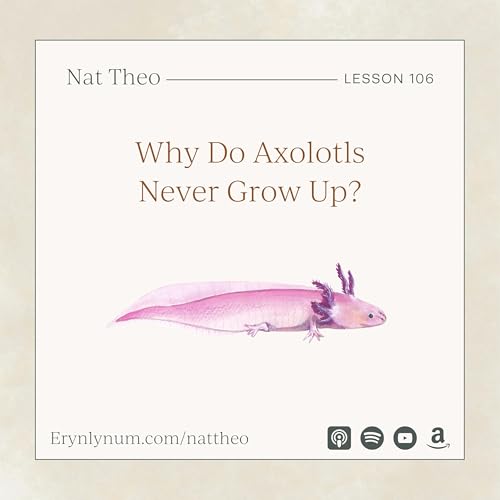Have you ever wondered how sharp a lion’s teeth are? Or why lions have to hunt and how do they do it? Discover God’s designs in lions including how they work together in prides, care for lion cubs, and what they can teach us about God’s grace in a fallen world.
Here’s our trail map:
- Where Do Lions Live?
- How Do Lions Raise Families Together?
- How Sharp Are Lion’s Teeth?
- How Can We Glimpse God’s Goodness In Carnivores?
Eryn's Books:
- The Nature of Rest: What the Bible and Creation Teach Us About Sabbath Living: https://www.amazon.com/Nature-Rest-Creation-Sabbath-Living/dp/0825448891
- Rooted in Wonder: Nurturing Your Family's Faith Through God's Creation: https://www.amazon.com/Rooted-Wonder-Nurturing-Familys-Creation/dp/0825447615
- 936 Pennies: Discovering the Joy of Intentional Parenting: https://www.amazon.com/936-Pennies-Discovering-Intentional-Parenting/dp/0764219782
Episode Links:
- Grab your copy of Wonders of Creation and discover God’s designs in a fallen world: https://www.masterbooks.com/wonders-of-creation
- Explore books, curriculum, and resources by Master Books: https://www.masterbooks.com/
- Nat Theo Club Bonus Video: https://erynlynum.com/club-videos
- Get full lesson guides in the Nat Theo Club: https://erynlynum.com/club
- Free Lion Coloring Sheet: https://erynlynum.com/how-sharp-are-a-lions-teeth/
- Ask your nature question: https://erynlynum.com/ask
Scriptures Referenced in This Episode:
“God said, ‘Look, I have given you all the plants that have grain for seeds and all the trees whose fruits have seeds in them. They will be food for you. I have given all the green plants as food for every wild animal, every bird of the air, and every small crawling animal.’ And it happened.” Genesis 1:29-30 (NCV)
“Now the earth was corrupt in God’s sight and was full of violence.” Genesis 6:11 (NIV)
“Everything that moves, everything that is alive, is yours for food. Earlier I gave you the green plants, but now I give you everything for food.” Genesis 9:3 (NCV)
“Then wolves will live in peace with lambs,
and leopards will lie down to rest with goats.
Calves, lions, and young bulls will eat together,
and a little child will lead them.
Cows and bears will eat together in peace.
Their young will lie down to rest together.
Lions will eat hay as oxen do.” Isaiah 11:6-7 (NCV)
“He will wipe away every tear from their eyes, and there will be no more death, sadness, crying, or pain, because all the old ways are gone.” Revelation 21:4 (NCV)
Terms Learned in This Episode:
- Sub-Saharan Africa: The large area of Africa made up of many countries that is south of the...
 Dec 16 202526 min
Dec 16 202526 min Dec 9 202531 min
Dec 9 202531 min Dec 2 202527 min
Dec 2 202527 min 17 min
17 min Nov 25 202529 min
Nov 25 202529 min Nov 18 202533 min
Nov 18 202533 min 27 min
27 min 34 min
34 min
